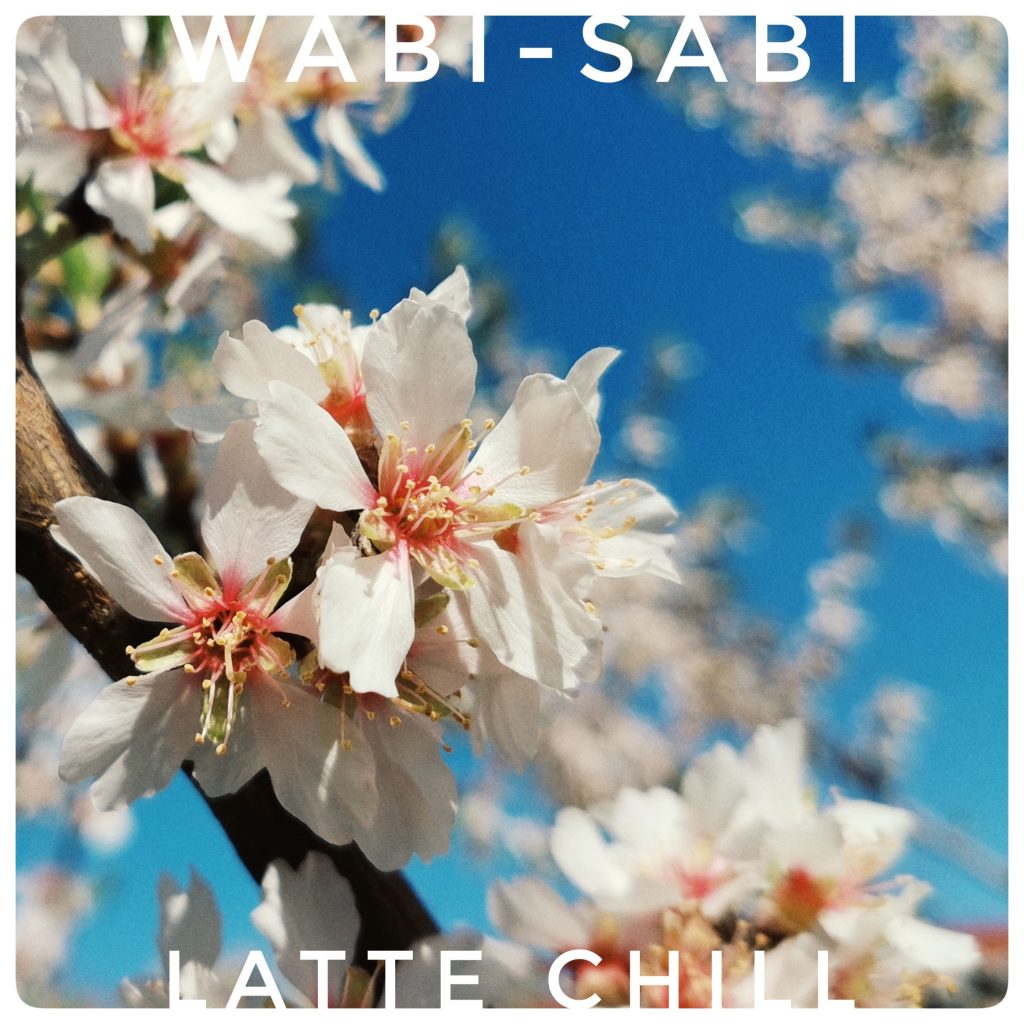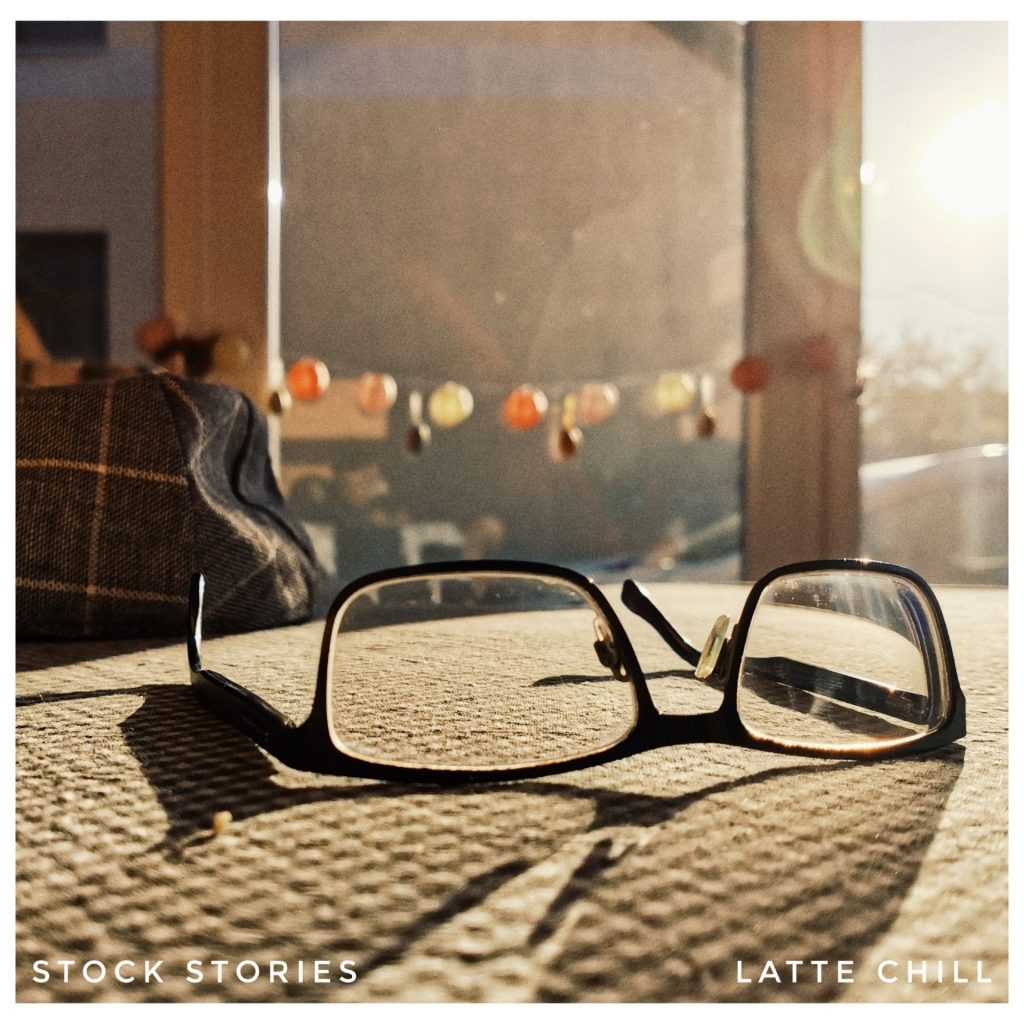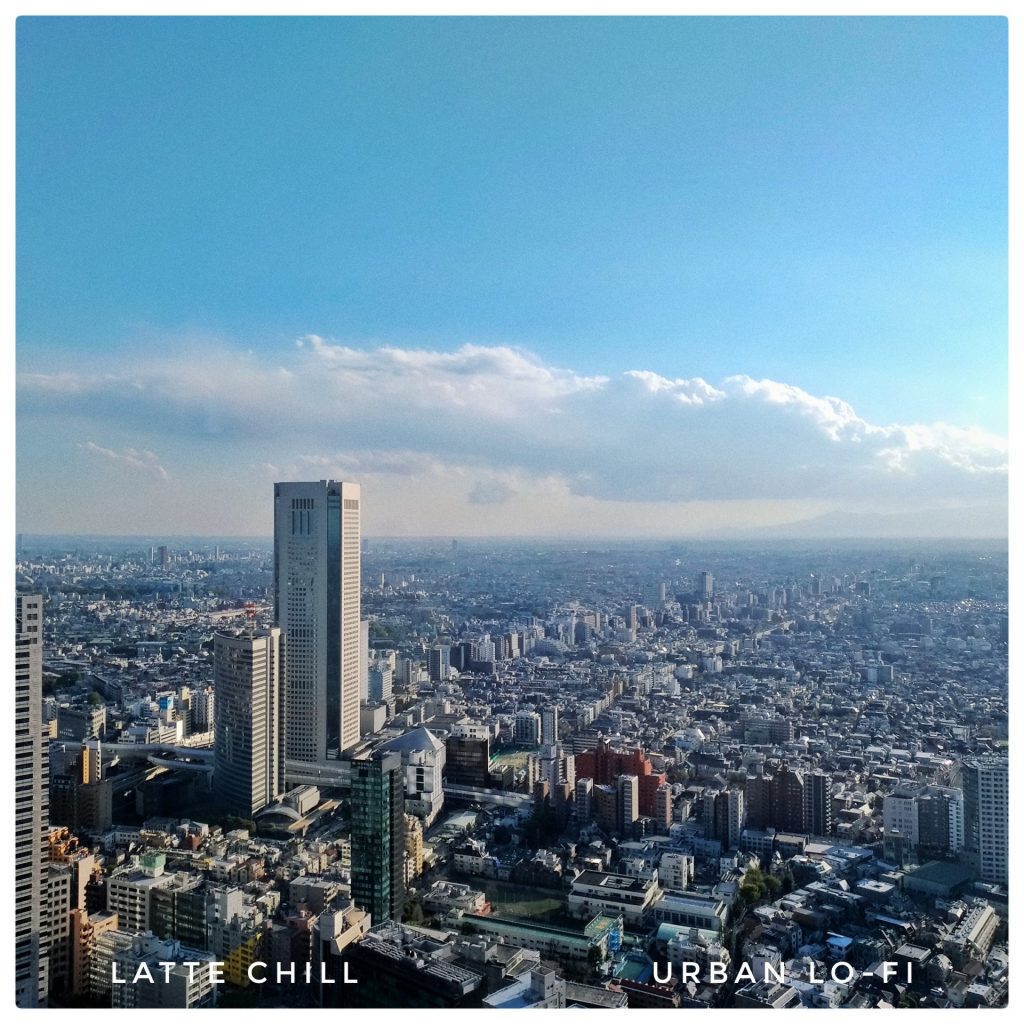Pocket Operator 33 or PO-33 K.O! is a micro sampler portable device that may be your perfect choice to create simple beats on the go. Being ultra-portable, it may be your buddy when you are going on a trip or simply spend your weekend somewhere else. Most instruments require space and energy to use them, but PO-33 K.O! needs only 2 AAA batteries to use (appr. 3 months in case of moderate use based on my personal tests).
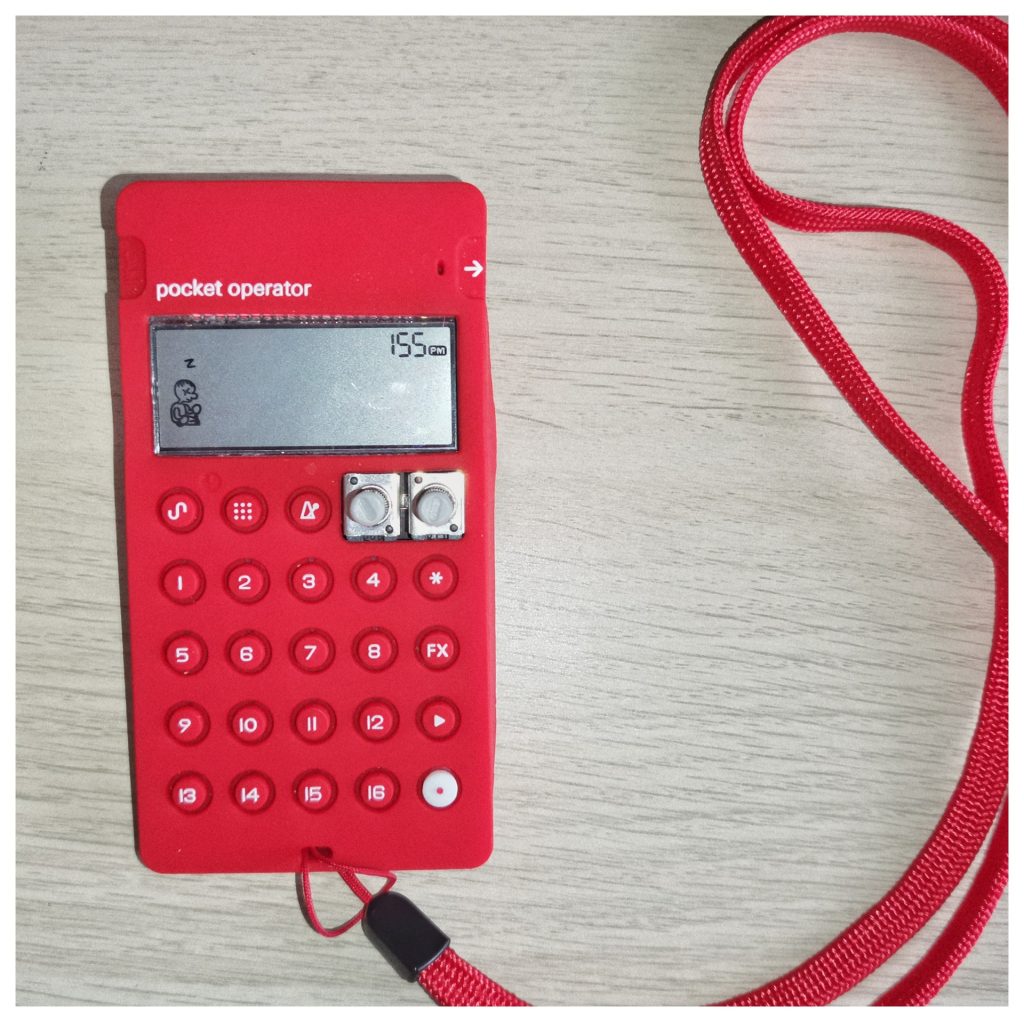
What is Pocket Operator 33?
Pocket Operator 33 more commonly referred to as PO-33 K.O! is an instrument with an extremely small size of 6.0 x 12.5 x 3.0 cm. Literally, it fits your pocket (origin of the name lol) but offers much more.
From a technical perspective, PO-33 offers 40 seconds of total sample memory that you may fill with a built-in microphone or line-in (standard 3.5 jack). Why is it perfect already? You can record the noises around you and create beats wherever you are. Many instrument reviewers and influencers reckon this little guy to be the best dawless setup to create beats.
8 melody slots
Yepp, the pocket operator sampler offers 8 melody slots to record and store the instruments you are willing to use during the lofi beat making. Each slot can store (all together with the drums) 40 seconds, so I would suggest going for 1-2 seconds max depending on the instruments. As an example, most likely you will not need more than 1 second for the bass unless you are to use PO-33 to create 10-second long bass lines for each note. Most likely this is not the case.
On the other hand, chords may require a full 2 seconds as they could be the bases for solo lines you can play live and record during the sessions.
Starting out with the stock notes, you will get a pack like this:
Once you tried yourself out, most likely you are to add your own instruments and noises to make your music more unique.
My setup
Generally, I go with:
– 1 bass
– 2 chords (minor and major – piano)
– 2 arps or pads (to create texture)
– 3 solo instruments (piano, flute, and something else)
Important notes before you record lines: it is worth working on most of them if you are recording them through line-in. I mean adding compressor and reverb, delay, etc. Also, make sure to sync the volume more closely to each other. You may edit them in PO-33 but easier to do it in Ableton Live right? One more to add: always note the tempo of your arps – PO-33 KO can transpose them to match your scale but is unable to resync tempo!
Once you are done with the records you are ready to play – well, no! But almost!
What notes do we have? Now, you may re-scale all notes manually but that takes some time as well as good hearing to spot the differences. The best way is to avoid it.
The best and easiest way to record all melody slots in the same scale is to record A2 (or A1 for bass) notes for all of them. It offers a scale of:
E3-F3-G3-G#3
A2- B2- C3-D3
E2-F2-G3-G#3
A1-B1-C2-D2
More support for you on this topic can be read here.
More about PO-33 scales here.
8 drum slots
Apart from having 8 melody slots, Teenage Engineering’s PO-33 offers 8 drum sluts, where the recorded session is chopped into equal bits (16 if possible) and automatically associated with the buttons with numbers. You can always re-edit these chops if needed but the automation performs fairly well. Based on my experience so far (4 months of use) ~85% of it chops OK.
In that sense, we could say Pocket Operator 33 could function as a drum machine, which is on one side fair to state. On the other hand, by making your beats evolve (passing the basic kick-snare-kick-snare solution), you may easily find the limitations of it. Let’s be fair – at the end, PO-33 offers 4 melody lines, you may still duplicate the drums if needed (2 lines), adding base and chord – and whenever you play solo, chords or drum line 2 will mute. It is only possible though if you start with the line you plan to mute while playing the 5th instrument.
Stock drum kits:
By the way, drums. Youtube is going to be your mate, especially when you are discovering the use of PO-33. There are tons of free drum kits, pre-recorded for you, free of use worldwide. Allow me to share some examples with you:
Feel free to use them as first kits. Make sure you set the volume to the right amount and off you go. Beat making is all yours.
Personally, I would suggest going with 2-3 drum racks at the same time as they take 6-7 seconds each. If you add them together, they will take roughly 20 seconds (half your bank) and leave the rest 20 seconds to the melody slots. That is the most balanced setup for your dawless pocket daw.
Latte Chill releases with PO-33 K.O!
Even though I only use PO-33 for 4 months, I can already share a bunch of releases but I plan to add more over time. So keep coming back, I am to refresh this page from time to time to share more links, goodies, and expertise about my journey with PO-33.
Wabi-Sabi – the art of imperfection. My first ever full album produced with PO-33 K.O! and free beats and instruments from Youtube and Ableton Live. Simple lofi beats with oriental flavour and a chill-out vibe. Some are happy, others a bit sad and pretty minimalist. All beats are fully instrumental and enhanced a bit in Ableton Live after recording them live.
Click on the link to check the songs, Latte Chill projects are fully available on every streaming platform, and support me by liking, following, and adding my beats to your playlists.
Stock Stories – the very first sessions with the gadget. The title is coming from its nature: I used stock sounds only. Stock instruments, and stock drum set to create the EP 4 tracks. I even used a photo as a cover taken on the table at home where I was learning and working hard to understand how PO-33 K.O! is working. Great times! I would suggest you all to save the first songs – they will be crazy but quite fun.
Ultra Moon – re-mixing and re-living the past. Another way for me to learn new instruments is to play old songs on them. I have a hobby of playing Pokémon games and recording songs influenced by the towns reached in the game. Essentially, I make sure not to copy the songs (copyrights brrr – though I would be happy to remix them one day), but for now, I play on mute and get inspired by the visual vibe. I have shared these songs for a while now. Enjoy them, and click on the link above.
Urban Lo-fi – Minimal lofi house beats. Something with a bit more tempo, upbeat but still fully lofi with minimalistic melodies. What else? I am adding photos from different cities to this project and all songs were composed inspired by a city, where I was.
Check it out – more to come~
Recording PO-33 and Tascam
One thing is to record the song within the Pocket Operator, second is to show that to the world. Now the most simple way could be to hook it up to your PC with a 3.5 jack – 3.5 jack cable and record directly.
Could be…
But most laptops and PCs lack a proper 3.5 jack (without the third entry) to avoid adding extra noise – or simply having no jacks at all, etc.
Secondly, I personally bought this little gadget to compose songs wherever and whenever I want. So to restrict myself already by having my creative moment by a pond or at my mum’s place and not being able to record it. Hell no.
An alternate solution if you have all the cables to your phone to use it. You will need some cables (jack splitter e.g.) still it will remain mono.
Another solution (that I chose) is a dictaphone/dictation machine. Most common on the market are Tascam, Zoom, Philips, and Sony ones – so a lot to choose from. What I would suggest to mind:
– choose one with an audio line in
– with headphone line out (so you can isolate the noise around you, while recording)
– one working with a battery. I know batteries are outdated but if you run out of energy – it is easier to jump into the next shop and buy some new than look for electricity in the neighbourhood to restart your record (though Starbucks is to be found almost everywhere nowadays)
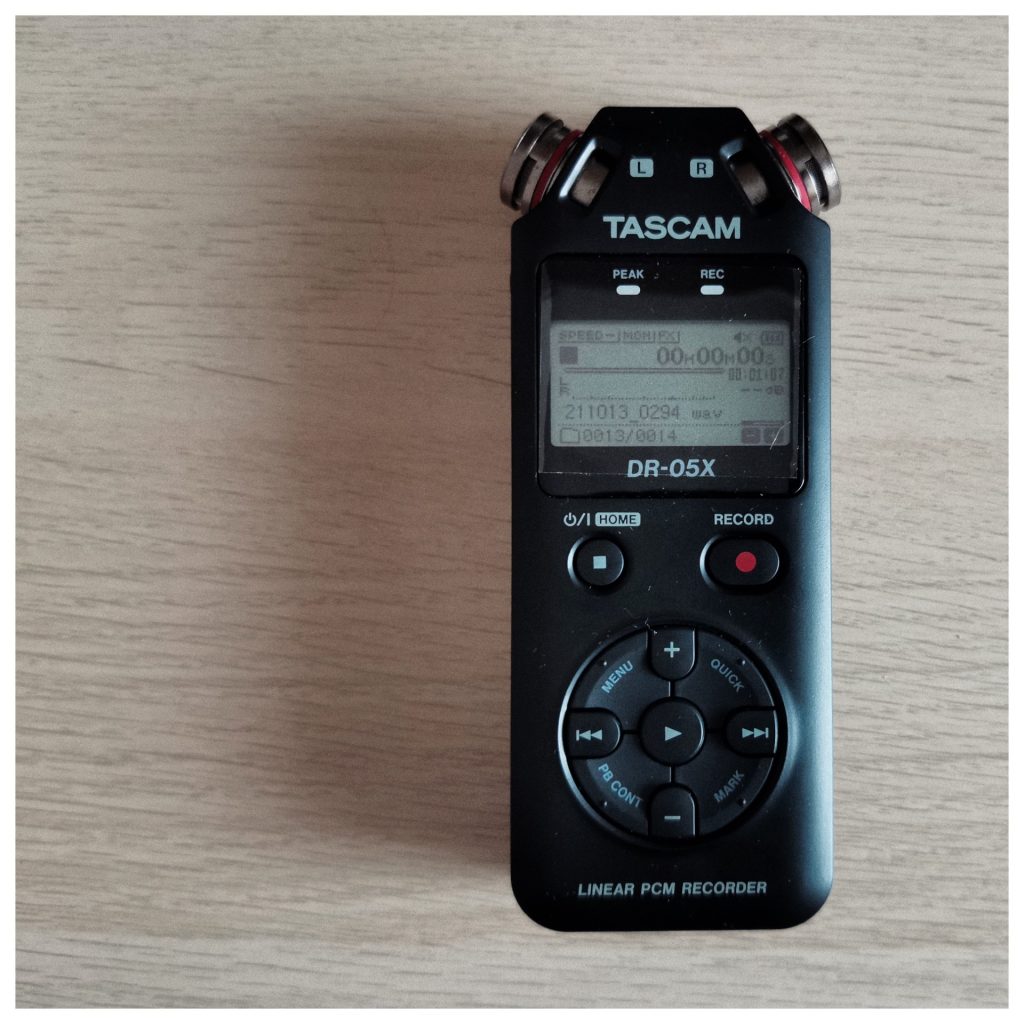
16 sequences/patterns and how to order them on PO-33
PO-33 KO comes with 16 patterns you may record and populate while working on your songs. It is just enough to put together one pretty complex song or more beats with 3-4 different patterns.
Stock patterns are pretty house oriented to my point of view, but give it a look below:
The funny thing on the other hand is that it is kind of difficult to find information about programming pattern order over the internet. It was one of my first questions when I got this little gadget. I mean if you want to make some dope songs (even through live jamming), you will focus on building your sketch on one beat and resampling it. Or you keep changing the patterns while playing live, which increases the possibility of making a mistake (unless you play some dope chill-out beats with 62 bpm). Or you build up your patterns before and order them.
So, let me try describing the process of this third possibility:
1) record all the individual patterns (for the sake of example let us have 4: Pattern 1, P2, P3, and P4)
2) plan them on a piece of paper for the first time – something like
intro P1
verse P2
chorus P3
alt/bridge P4
so basically your hit song is the line: P1-P2-P3-P2-P3-P4-P3-P3, right?
3) hold down the pattern button and start pushing the following buttons while keeping your hold on the pattern button: 1-2-3-2-3-4-3-3
Got it? This simple! Once you hit play, the song will be played in this order.
Note: Once reaching the last pattern (3 – two times), it will automatically restart the pattern, make sure you end the song by hitting play at the right time.
How to clear a pattern on the pocket operator if you messed up by recording?
Choose the pattern you wish to clear and hit pattern+record at the same time. More quick guides here.
15 effects to spice your records on PO-33
Grabbing from the official page directly:
1) loop 16
2) loop 12
3) loop short
4) loop shorter
5) unison
6) unison low
7) octave up
8) octave down
9) stutter 4
10) stutter 3
11) scratch
12) scratch fast
13) 6 / 8 quantize
14) retrigger pattern
15) reverse
16) no effect
Check them in action:
Which ones to use? It may differ from the genres, but generally speaking, I am a fan of scratches (11 and 12). They are pretty much useful for lofi house beats and mid-tempo chill-out songs. Some funk to be added with 7-8 – the octave plays. Especially in the case of bass-oriented patterns, while 4 – a loop shorter is good for increasing tension before the chorus or solo pattern.
Tempo setting on PO-33
Setting tempo is relatively easy: you need to hold the bpm button and use the right (B) knob to set the desired tempo. You may choose/set between 60 and 240 which is more than enough for any genre. With regards to the left (A) knob, that is to adjust the amount of swing. Personally, I like adding a bit of faulty flavour to my songs so I set it around 15-20% of the scale. I guess unless you are into progressive house beat producing, it also helps you adding a little. Give it a try!
Cases, stands, etc.
Pocket operators tend to look pretty futuristic given the fact you receive them without any cover or case. You may use the out-of-the-box like this if you wish, especially as cases are quite expensive.
A standard (official) pocket operator case costs 29€ the cheapest in the official store, while you can grab some non-official ones starting at 10€ on eBay. As generally pocket operators cost less than other instruments, I decided to go with the official ones buying them together (FYI I am owing PO-33 and PO-128 and considering PO-20 as a next buy). So far I am happy with the official pocket operator cases, they seem to be durable.
As for pocket operator stands – though I wonder why would I need some as for me it is precisely the mobility that I bought them over more pricey ones – anyways, in case you are into stands, look for this seller on eBay – they are offering stands from 2 tiers to 8 tiers and the sky above. Though they start with 18 USD + 20 USD shipping from USA to EU (you may add VAT and other local handling costs) – so in short this one may cost you a couple of new pocket operators if you want to buy one.
What I suggest you buy on the other hand is a simple mobile tripod. They come ultra handy if you are out and about to record your world-fame beats or at home and want to create a simple video. Using your phone you can literally do anything in 4K 60fps nowadays. They cost around 3-4 USD (shipping included from China), worth buying 4-5 at the same time so if you break one by accident – you will still have plenty to support your needs.
Backup PO-33
Almost last but still an important part: DO BACKUP! Can’t write it with bigger letters, can’t say how important it is. While I find PO-33 so far pretty reliable, I believe it is worth doubling all data, including the set you use to record songs.
In this video Ricky shows us how to do it, let me add some tips on my own based on daily using PO-33 KO on the go:
– set up your sets as individual projects on your PC as well. I rarely record city noises and rely on line-in records myself (as went before already in this article) so I add my compressors and effects in Ableton and save them as an individual project.
– do use data transmission (video above) and record your sounds/instrument rack on your device. I store them on my Tascam and bring them as a second save as well: either to reset my changes after a couple of songs or to change racks if I need to
Read more about transmission and data migration in the pocket operator ko manual.
Pocket Operator Sync Mode
I am not of fan of them. My pocket operators are way different and I use them to produce different beats, but I found a video that describes it fairly OK. I guess if you have POs like the rhythm or sub – it will come in handy.
PO-133 Street Fighter limited edition
PO-133 Street Fighter edition. Friends of Hadouken and Tencho (instead of techno) mode will love this gadget offering roughly 10€ less. Surprisingly in October 2021, if you are to buy it from the official store, you will pay 89€, which is less than PO-33 KO! for 99€!
Interesting phenomenon, when I bought my PO-33 along with the PO-128, the latter cost me 15€ extra being a limited edition. Seems like you guys have more luck for a limited amount of time.
Where to buy?
I would go for the local store (linked everywhere here officially). Probably offering you the best price. If you are not OK with shipping costs, you may look up what you have on Amazon OR check the local dealers, most will have some in stock my point of view.
I hope you enjoyed this article – keep making dope beats!
